What Is an Ocarina? Everything You Need to Know About This Ancient Wind Instrument
Affiliate Disclosure
This post may contain affiliate links. If you buy through them, I may earn a small commission at no extra cost to you. This helps support the site and keeps our content free for you.
If you prefer not to use affiliate links, you can search products directly on the maker’s site.
What is an ocarina? It’s one of the oldest wind instruments on Earth, played for more than 12,000 years. Its soft, haunting sound has carried through ancient temples and even modern video games like The Legend of Zelda.
But the ocarina isn’t just a piece of history, it’s a real, easy to learn instrument anyone can play.
In this guide, you’ll learn what an ocarina is, how it works, and why its sound feels so timeless. By the end, you’ll know exactly where to start if you want to play one yourself.
Best-Selling Ocarinas You Can Grab Right Now on Amazon
| Ocarina | Image | Material | Key Feature | Best For | Quality Rating | Check Price |
|---|---|---|---|---|---|---|
| 1. Night by Noble |
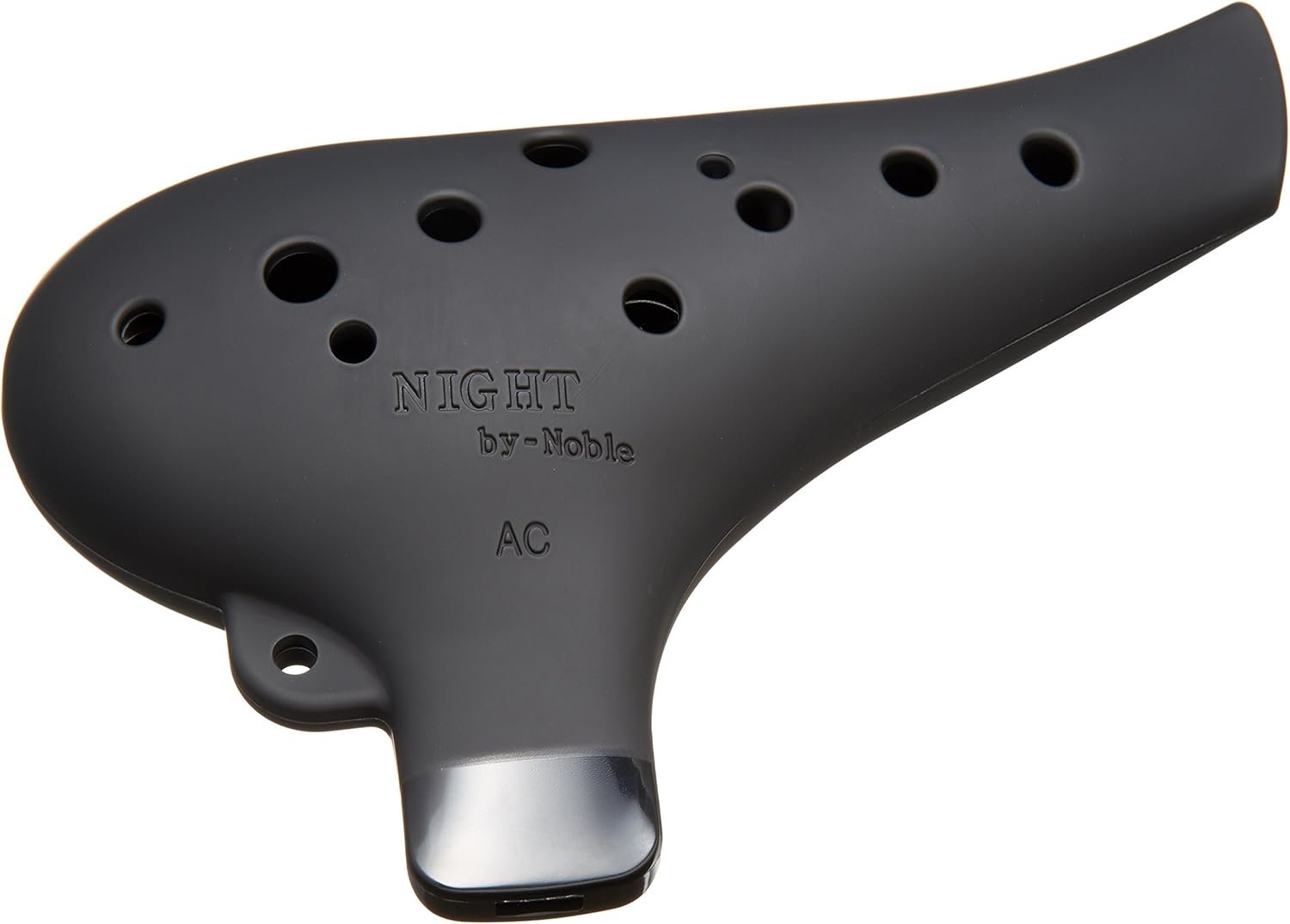 | Plastic (ABS) | Exceptionally accurate tuning and durability. | Beginners & serious players. | 4.7 | Price |
| 2. Songbird Ocarina of Time |
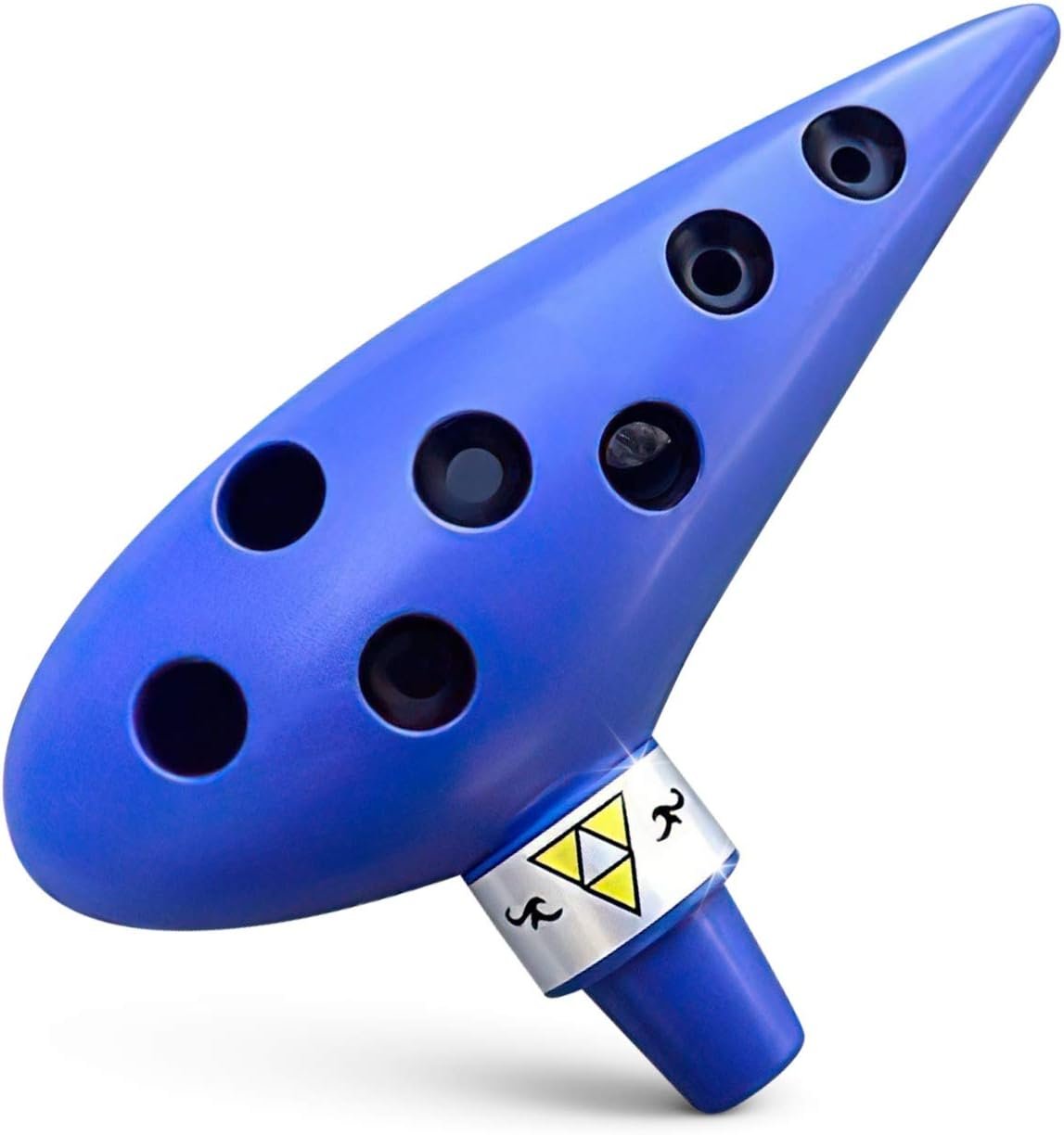 | Ceramic | High-quality replica that is also a real, well-tuned instrument. | Zelda fans wanting musicality. | 4.5 | Price |
| 3. Forest Whisper |
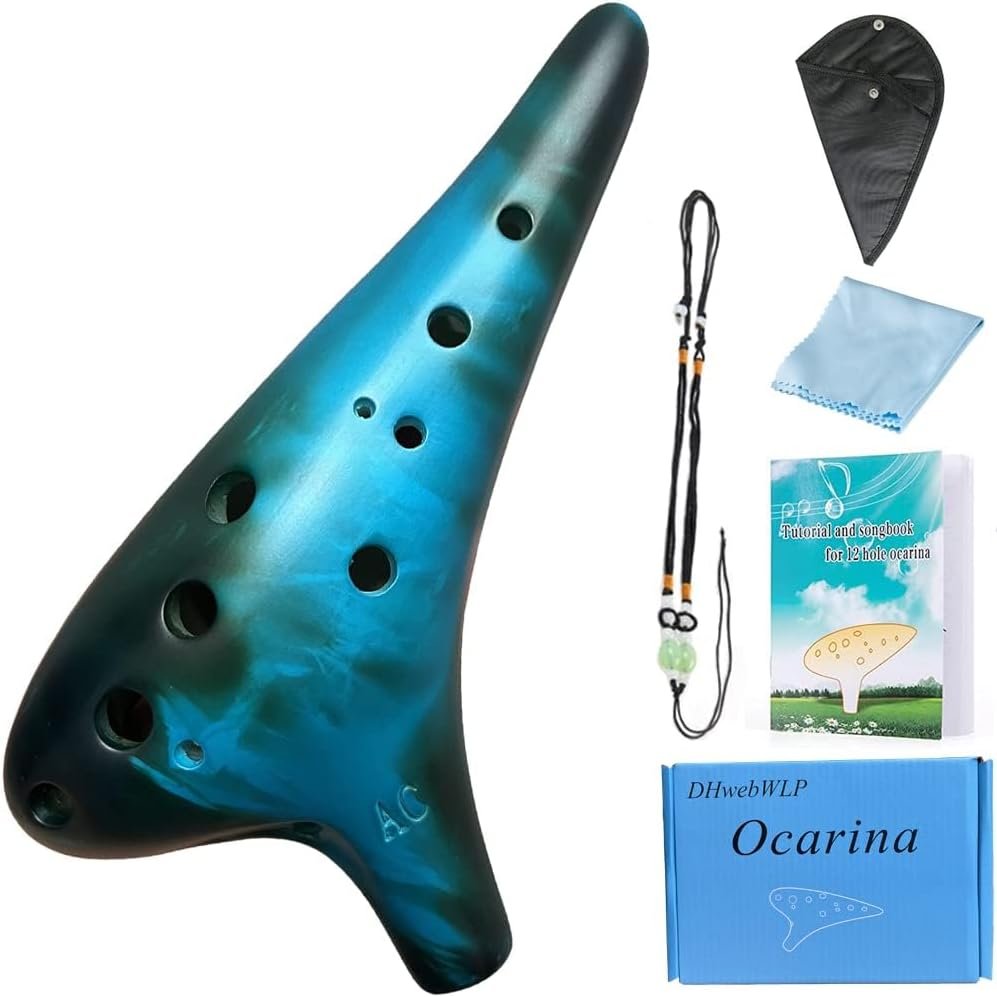 | Ceramic | Good balance of aesthetics and function for its price. | Casual players and gifts. | 4.5 | Price |
| 4. OcarinaWind 12 Hole |
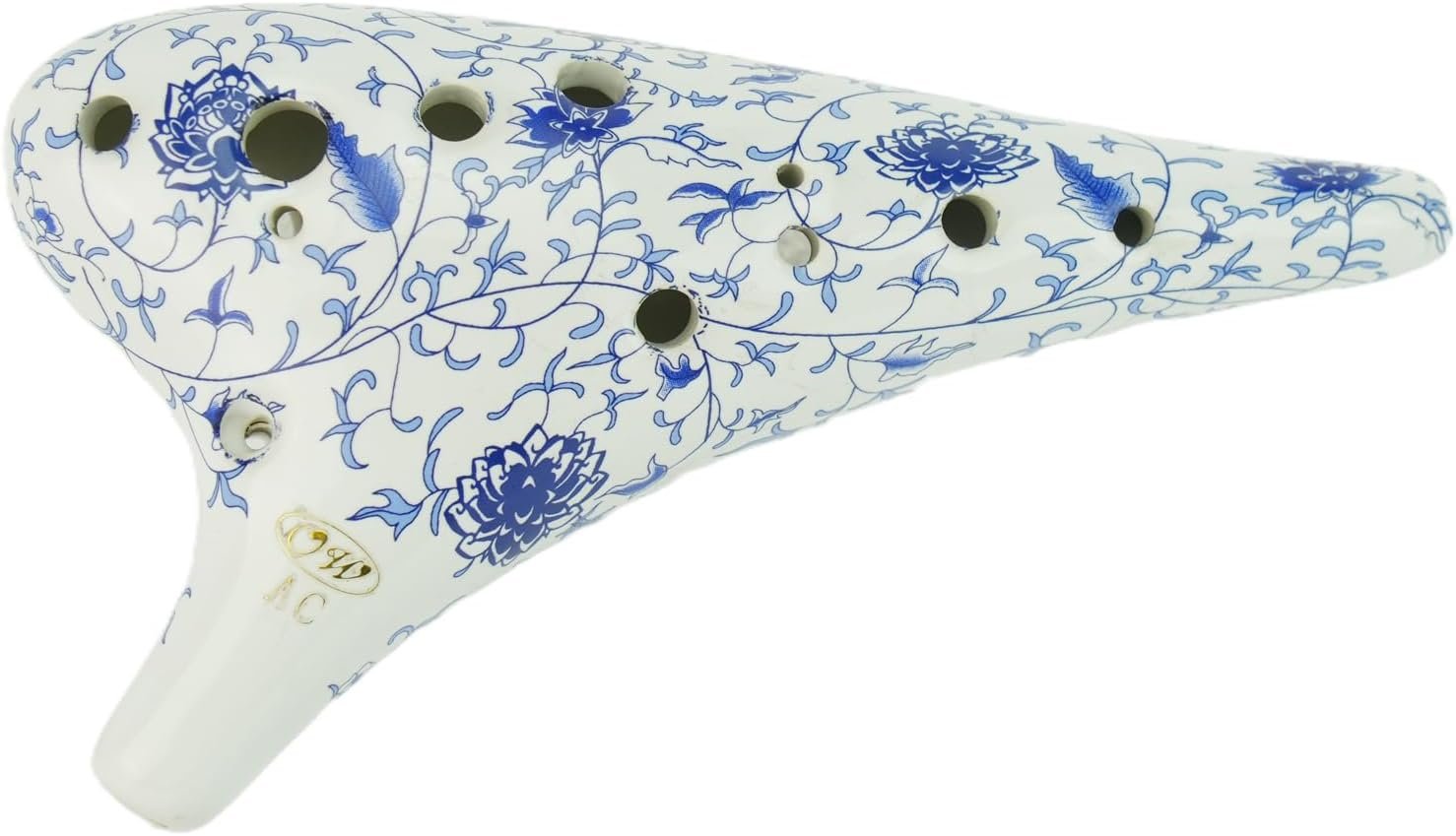 | Ceramic | Very affordable, making it a popular entry point. | Beginners on a strict budget. | 4.3 | Price |
| 5. Deekec Zelda |
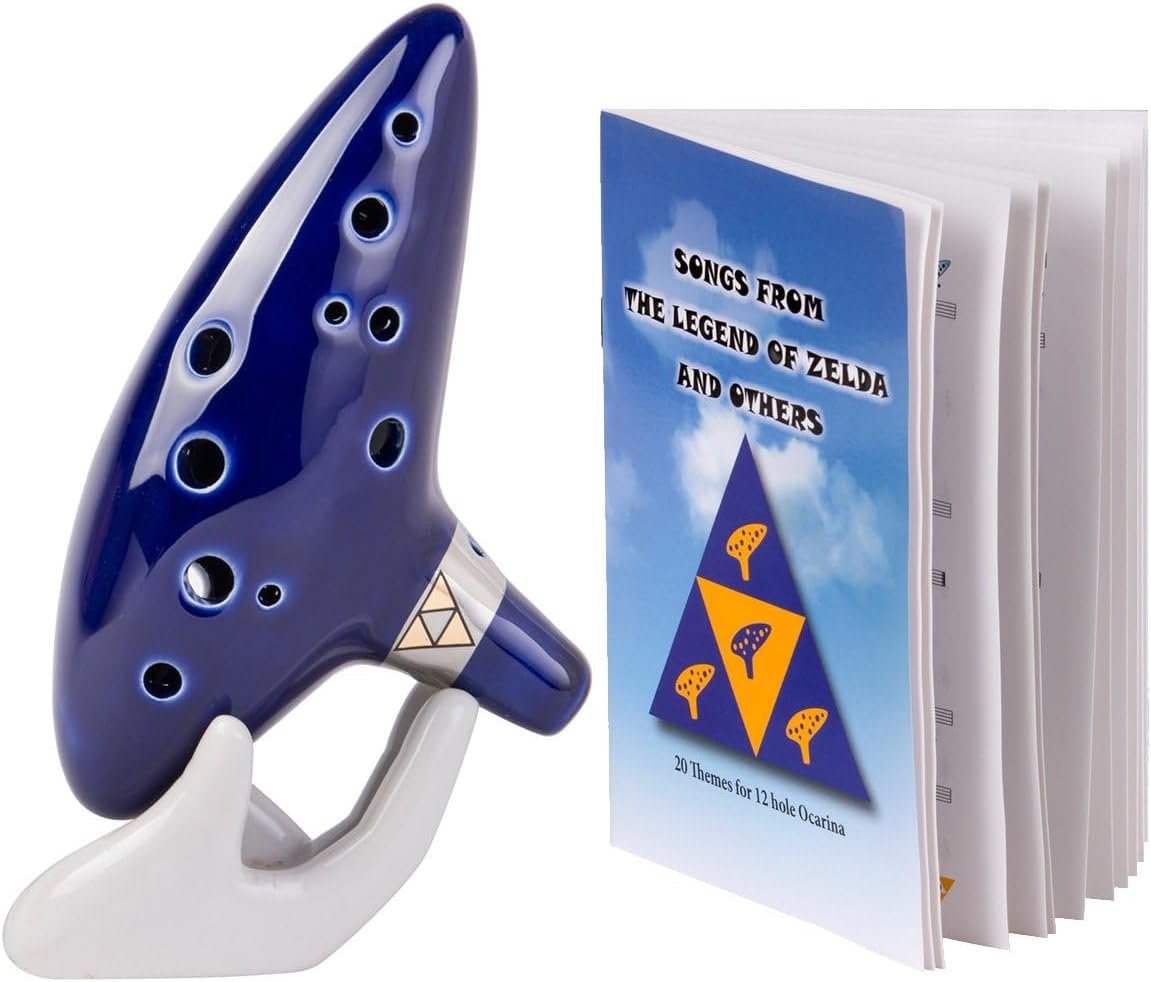 | Ceramic | Visually accurate replica; often includes a stand. | Cosplay & decoration. | 4.0 | Price |
So, What Is an Ocarina at Its Core?
To truly grasp what is an ocarina, you must first understand how it fundamentally differs from a regular flute or a recorder. The key is in its design as a vessel flute.
If you picture a standard flute or clarinet, you’re thinking of an open tube. Pitch is changed by opening and closing holes, which alters the length of the vibrating air column inside. A shorter air column creates a higher pitch, and a longer one makes a lower pitch. It’s a fairly straightforward system.


An ocarina, however, operates on a completely different principle. It’s a closed chamber with a mouthpiece and finger holes. When you blow into it, the entire body of air inside the vessel vibrates at once.
This mechanism is known as a Helmholtz resonator, the same physics you observe when blowing across the top of a bottle to create a tone. The pitch isn’t determined by an air column’s length but by the ratio between the open hole area and the chamber’s internal volume. Understanding this principle is fundamental to answering what is an ocarina.
This unique design has several important consequences:
- Hole Placement Isn’t for Tuning: On a flute, hole placement is critical for pitch. On an ocarina, it’s primarily for ergonomics (comfortable playing). A hole of a certain size raises the pitch by the same amount no matter where it’s located on the instrument’s body.
- Sensitive Breath Control: This is a crucial trait. With most wind instruments, blowing harder makes the sound louder. If you do that with an ocarina, the note goes sharp. Playing in tune requires exceptionally stable and gentle breath pressure. The instrument’s volume is largely fixed by its design.
- A Pure, Haunting Sound: The sound created by a vessel flute is exceptionally pure, often described as ethereal or voice-like. It has fewer complex overtones than other woodwinds, giving this flute-like instrument a clean and simple quality that can be incredibly expressive.
So, when you see that small, rounded instrument, remember that its internal physics are what truly define it.
Where Did the Ocarina Come From?
The journey to define the ocarina today involves following two distinct historical paths that eventually merged into one. This instrument has both an ancient, global history and a very specific modern origin story.
The first path is the ancient one. Vessel flutes are among the oldest musical instruments known to humanity. Archaeologists have found examples of these ancient wind flutes across the world, from China to the Americas.


The most direct ancestors of the modern ocarina, however, originate in Mesoamerica. For thousands of years, cultures like the Maya and Aztecs crafted small, terracotta vessel flutes, often shaped like animals, birds, or gods.
The ocarina from Mesoamerica wasn’t just a toy; it played a significant role in rituals and ceremonies. This deep and varied ancient ocarina history shows that the core concept of a tuned vessel flute is a fundamental part of our musical past.

The second path begins in 19th-century Europe. The modern instrument we play today was born in Budrio, a small town in Italy. In the 1850s, a musician and baker named Giuseppe Donati took the simple vessel flute concept and refined it into a fully chromatic musical instrument.
He standardized the tuning and fingering system, creating the now-famous “sweet potato” shape. He named his creation the “ocarina,” meaning “little goose” in his local dialect. Donati’s 10-hole system was a revolution, transforming the ocarina from a folk novelty into a legitimate concert instrument.
His work finalized the modern answer to what is an ocarina. When you play one today, you’re holding a fusion of ancient tradition and 19th-century Italian innovation.
What Are Ocarinas Made Of?
The material used to make an ocarina dramatically affects its sound, durability, and cost. A player’s choice of material deeply influences their personal answer to what is an ocarina, is it a fragile work of art or a durable, practical tool? While you can find ocarinas made of wood or metal, the vast majority fall into two main categories: ceramic and plastic.


A ceramic ocarina is the traditional choice, and for good reason. Clay is the material used for the traditional ocarina by both ancient civilizations and its modern inventor, Giuseppe Donati.
- Sound: Ceramic offers a rich, warm, and resonant tone that many consider the definitive ocarina sound. The porous nature of fired clay helps absorb some of the harsher frequencies, resulting in a breathy and complex timbre.
- Feel and Aesthetics: A handcrafted ceramic ocarina feels substantial and looks beautiful. The glazes and finishes can turn the instrument into a piece of art.
- Downsides: The main drawback is fragility. A ceramic ocarina will likely shatter if dropped on a hard surface. They are also generally more expensive due to the skilled labor required.
A plastic ocarina, by contrast, is a modern product of convenience and resilience.
- Durability: This is its greatest strength. You can toss a plastic ocarina in a bag or drop it without much worry, making it perfect for beginners, children, and travel.
- Cost and Consistency: Mass production makes high-quality plastic models very affordable and remarkably consistent in their tuning.
- Sound: While early plastic versions sounded toy-like, modern manufacturing has come a long way. A well-made plastic ocarina can sound bright, clear, and perfectly in tune, though it may lack the subtle warmth of its ceramic counterpart.
Here is a simple breakdown to help you decide:
| Feature | Ceramic Ocarina | Plastic Ocarina |
|---|---|---|
| Sound Quality | Rich, warm, resonant, complex | Bright, clear, pure, less complex |
| Durability | Fragile; can break if dropped | Highly durable; nearly indestructible |
| Cost | Moderate to Very High ($50 – $300+) | Low to Moderate ($20 – $60) |
| Weight & Feel | Substantial, artisanal feel | Lightweight, functional feel |
| Best For | Serious hobbyists, performers, recording | Beginners, children, travel, practice |
Expert Insight: Don’t be misled by the “plastic” label. A top-tier plastic ocarina from a reputable brand will sound infinitely better and be easier to play than a cheap, poorly made ceramic one from a tourist shop. The quality of the craftsmanship is more important than the material.
How Do You Actually Play an Ocarina?
One of the ocarina’s most attractive features is its gentle learning curve. You can produce your first clear notes within minutes. However, mastering its subtleties, especially pitch control, is a lifelong journey. This breath control is a practical lesson in what is an ocarina and how it differs from other wind instruments.

Let’s cover the fundamentals.
1. The Hold: The common 12-hole transverse (sweet potato) style ocarina is held with both hands. Your left hand supports the left side and your right hand supports the right, with fingers and thumbs positioned over the holes.
The goal is a relaxed but firm grip that keeps the instrument stable while allowing your fingers to move freely. This is often called a “three-point grip,” with your right thumb and both pinkies providing the main support.
2. Making a Sound: This is where you connect with the instrument’s physics. You don’t “blow” hard into an ocarina; you breathe into it with a steady, warm airstream.
- Place the mouthpiece gently between your lips.
- Form the syllable “too” or “doo” with your tongue to start the note cleanly.
- Exhale with a controlled, gentle stream of air, like you’re fogging a window.
If the sound is weak or airy, you may need more breath support. If it’s screechy and high (sharp), you are blowing too hard. Finding that sweet spot for a pure, stable tone is the most important skill to develop on this ocarina musical instrument.
3. Changing Notes: To change notes, you lift your fingers from the holes according to a fingering chart. These charts are very intuitive. The lowest note is played with all holes covered. As you lift fingers one by one, the pitch rises.
Here is a simplified process for playing your first scale on a 12-hole C ocarina:
| Step | Action | Resulting Note (Approximate) |
|---|---|---|
| 1 | Cover all 10 top holes and the 2 thumb holes. | A4 (or the lowest note) |
| 2 | Lift your right pinky finger. | B4 |
| 3 | Cover the right pinky hole, lift your right ring finger. | C5 (Middle C on piano) |
| 4 | Continue lifting fingers sequentially up your right hand. | D5, E5, F5 |
| 5 | Continue lifting fingers on your left hand. | G5, A5, B5, C6 |
| 6 | Higher notes often use “subholes” or special fingerings. | D6 and above |
Contrarian Viewpoint: Many people call the ocarina an “easy” instrument. It’s easy to start, but it can be difficult to play well. Because pitch is so sensitive to breath pressure, playing perfectly in tune with other musicians requires a highly trained ear and diaphragm. In this respect, it can be more challenging than an instrument where pitch is fixed mechanically.
What Types of Ocarinas Can You Find Today?
The sheer variety of ocarinas available today complicates a simple answer to what is an ocarina, revealing a diverse family of instruments for different needs and skill levels. While the 12-hole transverse style is the most famous, the ocarina family is surprisingly broad.
1. Transverse Ocarinas (Sweet Potato):
This is the iconic style held sideways with both hands.
- Hole Count: Most commonly found in 10- or 12-hole versions, which offer a chromatic range of about an octave and a fifth.
- Best For: They are the standard for a reason. They provide the best mix of comfort, range, and expressive potential. A 12-hole Alto C is the most recommended starting point for any serious beginner.
2. Pendant Ocarinas:
These are small, round ocarinas, often designed to be worn on a necklace.
- Hole Count: Usually have 4 to 6 holes. They use a clever fingering system where combinations of holes produce a full octave or more.
- Best For: Portability and casual playing. They are compact, fun, and a true flute-like instrument you can take anywhere.
3. In-line Ocarinas:
These are shaped more like a narrow pipe and are held straight away from the body.
- Hole Count: Often have 6-9 holes.
- Best For: Players who find the transverse hold awkward or are transitioning from an instrument like a recorder.
4. Multi-Chamber Ocarinas (Doubles and Triples):
These are the most complex members of the ocarina family. They are essentially two or three ocarinas fused together, each with its own mouthpiece channel.
- Range: Their purpose is to dramatically extend the limited range of a single ocarina. A triple ocarina can have a range of three full octaves, similar to a concert flute.
- Best For: Advanced players who need to play complex scores. They are heavier, more expensive, and require significant skill.
Pro Tip: When you see ocarinas described as “Soprano,” “Alto,” “Tenor,” or “Bass,” this refers to their pitch range. An Alto C ocarina is the most common and versatile. A Soprano is smaller and higher-pitched, while a Bass is much larger with a deep, resonant tone. For your first ocarina, an Alto C is the perfect middle ground.
Exploring the ocarina in different cultures and its modern forms shows how rich the answer to “what is an ocarina” truly is.
Final Thoughts
So, what is an ocarina? As we’ve seen, it’s not just one thing. It is a profound link to our shared musical past and a remarkably capable wind instrument in its own right.
We’ve explored how its identity as a vessel flute creates a pure, ethereal tone that has captivated people for thousands of years. From its ancient origins to its modern standardization, the ocarina is both timeless and adaptable.
Understanding the critical differences between materials and the variety of types available empowers you to find the perfect instrument for your musical journey.
If this exploration has sparked your curiosity, your next step is simple. Listen to recordings from professional ocarina players to hear the instrument’s full potential. When you’re ready, consider getting a well-made 12-hole Alto C ocarina. It’s a small investment that could be your entry into learning an instrument that is both easy to start and deeply rewarding to master.
Why just listen to music when you can hold a piece of its history and bring it to life with your own breath?
If old wind instruments fascinate you, you might also enjoy exploring antique German clarinets from the same era.
FAQ: What Is an Ocarina?
Q1. Is the ocarina easy to learn?
Yes, the ocarina is one of the easiest wind instruments to start with. Many beginners pick it up in a few days. A plastic ocarina with six or twelve holes is perfect for learning basic songs, scales, and breath control.
Q2. What makes the ocarina different from a regular flute?
Unlike a regular flute, the ocarina is a vessel flute. That means it uses the shape and air volume of its body to make sound. Regular flutes are tubular and use a different method to change pitch. The ocarina also has a softer, rounder tone.
Q3. Which material is best for an ocarina ceramic or plastic?
If you’re just starting, a plastic ocarina is durable, cheap, and less likely to break. If you want a warmer, richer sound, a ceramic ocarina is better. It depends on your budget and how you plan to use it.
Q4. How many notes can an ocarina play?
It depends on the design. A basic 4-hole pendant plays about an octave. A 12-hole transverse ocarina can reach more than one and a half octaves. Multi-chambered ocarinas can go even further.
Q5. Can children learn to play the ocarina?
Absolutely. The ocarina is small, light, and easy to hold. Many music teachers use it in classrooms for this reason. Start with a 6-hole plastic model, it’s perfect for little hands.
Q6. What’s the difference between a traditional ocarina and a modern one?
Traditional ocarinas, like those from ancient Mesoamerica or China were handmade and often shaped like animals or ornaments. Modern ocarinas are more tuned, come in standard pitch ranges, and often follow the 12-hole Italian-style design.
Q7. Can I play popular songs on the ocarina?
Yes! Many pop songs, anime themes, and video game melodies work great on the ocarina. Because it has a simple sound, it fits especially well with calm, melodic tunes. You’ll find lots of free sheet music and tutorials online.
